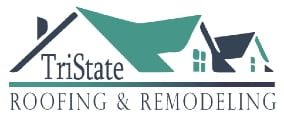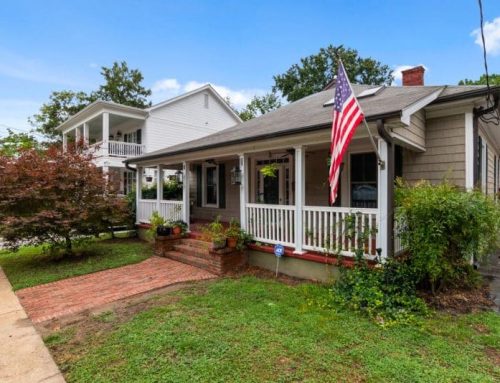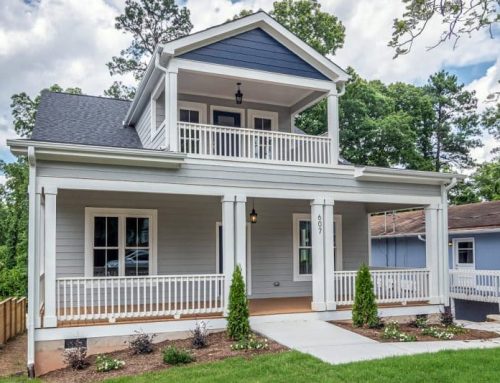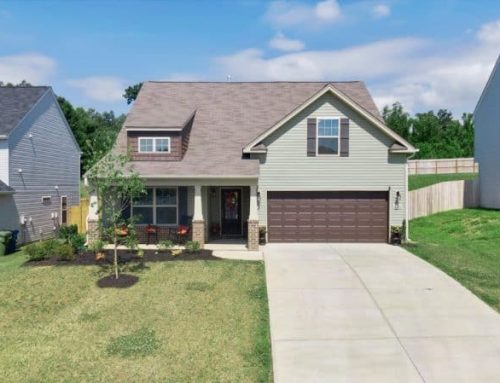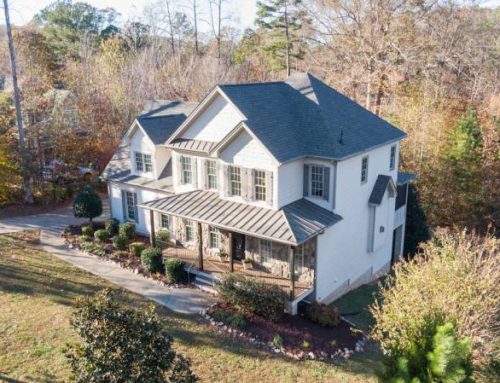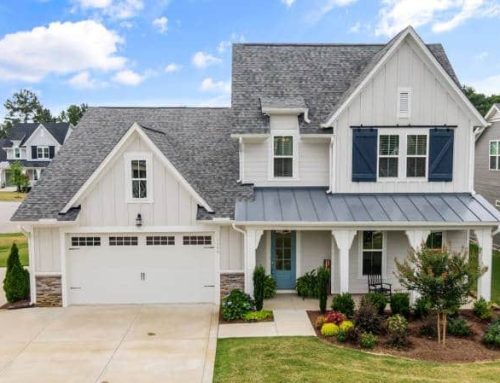A new roof is a significant investment, providing your home with protection and boosting its value. However, many homeowners assume once their roof is replaced, it’s set for years without a second thought.
Unfortunately, this notion can lead to unanticipated issues and expenses. Regular inspections are a proactive measure, catching potential problems before they escalate.
Your roof, much like other parts of your home, requires ongoing care and attention. Knowing how often to schedule inspections is key to maintaining its integrity and performance.
The Importance of Regular Roof Inspections
Regular roof inspections are an essential part of home maintenance. They help identify early signs of damage or wear that, if left unchecked, could lead to more severe issues such as leaks, structural damage, or energy inefficiencies. By catching these problems early, you can extend your roof’s lifespan, ensure it functions efficiently, and save money in the long run.
Recommended Inspection Frequency
For a newly replaced roof, it is generally recommended to have an inspection at least once a year. This helps ensure that the roof installation was successful and that the materials are performing as expected. Moreover, if your area experiences extreme weather conditions, such as high winds, heavy rain, or snow, additional inspections after such events can be very beneficial. These inspections can reveal hidden damages that might not be immediately apparent.
Seasonal Inspections
Consider scheduling inspections during specific seasons when your roof might be most vulnerable. For instance, a post-winter inspection can uncover any potential damage caused by ice dams or heavy snowfall. Similarly, a late summer or early fall inspection prepares your roof for the upcoming winter months by addressing any summer wear and tear.
Special Circumstances
Beyond routine inspections, there are times when you should consider scheduling additional roof inspections. These circumstances often arise due to specific events or conditions that impact the health and integrity of your roof outside of ordinary wear and tear.
After Severe Weather Events
Severe weather, such as hailstorms, strong winds, thunderstorms, or hurricanes, can cause significant damage to your roof, especially if it involves flying debris or falling branches. After any such event, it’s advisable to have a professional evaluate your roof for potential damage. Even if there’s no visible damage from the ground, an inspection can identify hidden issues, such as cracks or broken shingles, that could lead to more severe problems if left unattended.
Before Major Home Renovations
If you’re planning significant home improvements, especially those involving structural changes or additions, it’s beneficial to conduct a roof inspection beforehand. This ensures that your roof is in optimal condition to withstand any additional stress from the construction process.
If You Notice Signs of Trouble
Spotting water stains on ceilings, experiencing frequent leaks, or noticing an increase in energy bills can indicate roof problems. In such instances, an immediate inspection is warranted. These signs may be symptoms of underlying issues, such as underlayment problems, ventilation inadequacies, or insulation failures, which need prompt attention.
Energy Efficiency Concerns
A roof in poor condition may compromise your home’s energy efficiency. Increased energy bills could be a sign that your roof’s insulation is damaged or that the roof no longer provides the necessary protection against temperature fluctuations. A thorough inspection will help determine if repairs or replacements are needed to restore your roof’s insulating properties, ultimately leading to energy savings.
Need a Roof Inspection?
When you partner with Tristate Roofing & Remodeling, we will walk you through the process of keeping your roof in its best shape. Contact us today to get started!
